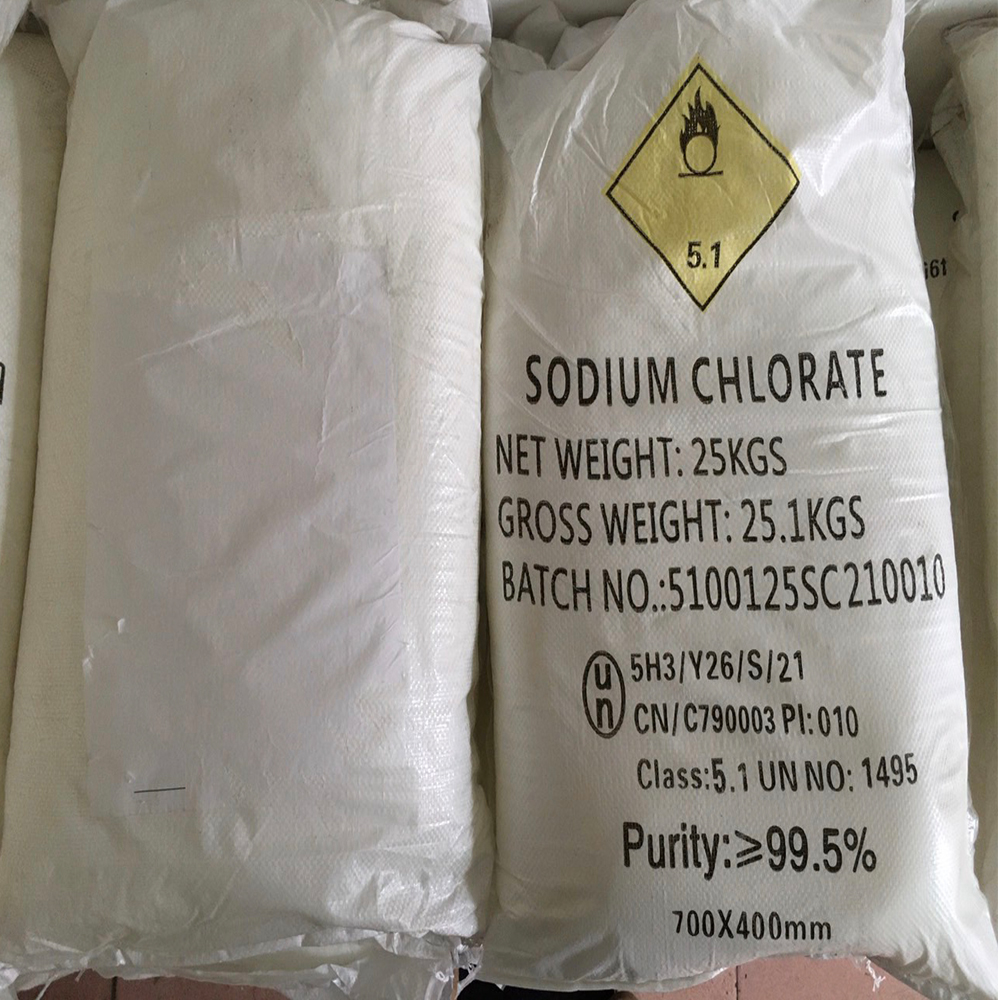



naoh flakes msds
Understanding the Safety Data Sheet (SDS) for Sodium Hydroxide (NaOH) Flakes
Sodium hydroxide, commonly known as caustic soda or lye, is a highly versatile and widely used chemical in various industries, such as manufacturing, paper production, and food processing. However, its strong corrosive nature necessitates strict adherence to safety protocols when handling. This is where the Material Safety Data Sheet (MSDS) or Safety Data Sheet (SDS) comes into play. In this article, we will delve into the critical sections of the SDS for sodium hydroxide flakes, highlighting the essential safety information for users and handlers.
1. Identification of the Substance
The SDS begins with the identification of sodium hydroxide as a chemical substance. In this section, you will find the chemical name, synonyms (such as caustic soda), the CAS number (1310-73-2), and emergency contact information. It is crucial to familiarize oneself with these identifiers, particularly during emergencies or chemical spills.
2. Hazard Identification
Sodium hydroxide is classified as a hazardous substance due to its corrosive properties. The SDS indicates the potential health hazards associated with exposure, including severe irritation of the skin, eyes, and respiratory tract. Contact with moisture can lead to the formation of caustic solutions, which can cause burns. It is also essential to note the environmental hazards, as sodium hydroxide can have detrimental effects on aquatic life when released into water bodies.
3. Composition/Information on Ingredients
This section provides detailed information about the chemical composition of sodium hydroxide flakes. Typically, it includes the percentage concentration of sodium hydroxide and any impurities that may be present. Understanding the purity and composition is vital for users in order to assess the suitability of the product for specific applications and to ensure compliance with regulatory standards.
4. First-Aid Measures
naoh flakes msds

In the event of exposure to sodium hydroxide flakes, immediate first-aid interventions are critical. The SDS outlines the necessary steps to take depending on the type of exposure—whether it is through inhalation, skin contact, or ingestion. For instance, if sodium hydroxide comes into contact with the skin, the affected area should be washed immediately with plenty of water for at least 15 minutes, and medical attention should be sought promptly.
5. Fire-Fighting Measures
While sodium hydroxide flakes are not flammable, they can react with water and various organic compounds, generating heat and potentially causing fires. The SDS provides guidance on suitable extinguishing media and identifies any specific hazards associated with sodium hydroxide in a fire situation. Generally, firefighters are advised to wear proper protective gear and to use dry chemical or foam extinguishers.
6. Handling and Storage
Proper handling and storage practices are fundamental to ensuring safety when working with sodium hydroxide flakes. The SDS recommends storing the chemical in a cool, dry place, away from incompatible substances such as acids and organic materials. It emphasizes the importance of using personal protective equipment (PPE), including gloves, goggles, and respiratory protection, to minimize the risk of exposure.
7. Exposure Controls/Personal Protection
To mitigate the risks associated with sodium hydroxide, the SDS outlines occupational exposure limits and appropriate engineering controls. For instance, using fume hoods, maintaining adequate ventilation, and employing closed systems can minimize airborne concentrations. It is also important to conduct regular monitoring of the work environment to ensure compliance with safety standards.
Conclusion
Understanding the SDS for sodium hydroxide flakes is essential for anyone who handles this chemical. The information contained within the SDS not only helps users to comply with legal requirements but also ensures safe handling practices to prevent health hazards and environmental damage. By adhering to the guidance provided in the SDS and implementing appropriate safety measures, users can effectively manage the risks associated with sodium hydroxide, allowing them to harness its beneficial properties safely. Always ensure that you consult the most current SDS for the specific product you use, as information and regulations may change over time.
-
Why Sodium Persulfate Is Everywhere NowNewsJul.07,2025
-
Why Polyacrylamide Is in High DemandNewsJul.07,2025
-
Understanding Paint Chemicals and Their ApplicationsNewsJul.07,2025
-
Smart Use Of Mining ChemicalsNewsJul.07,2025
-
Practical Uses of Potassium MonopersulfateNewsJul.07,2025
-
Agrochemicals In Real FarmingNewsJul.07,2025
-
Sodium Chlorite Hot UsesNewsJul.01,2025










